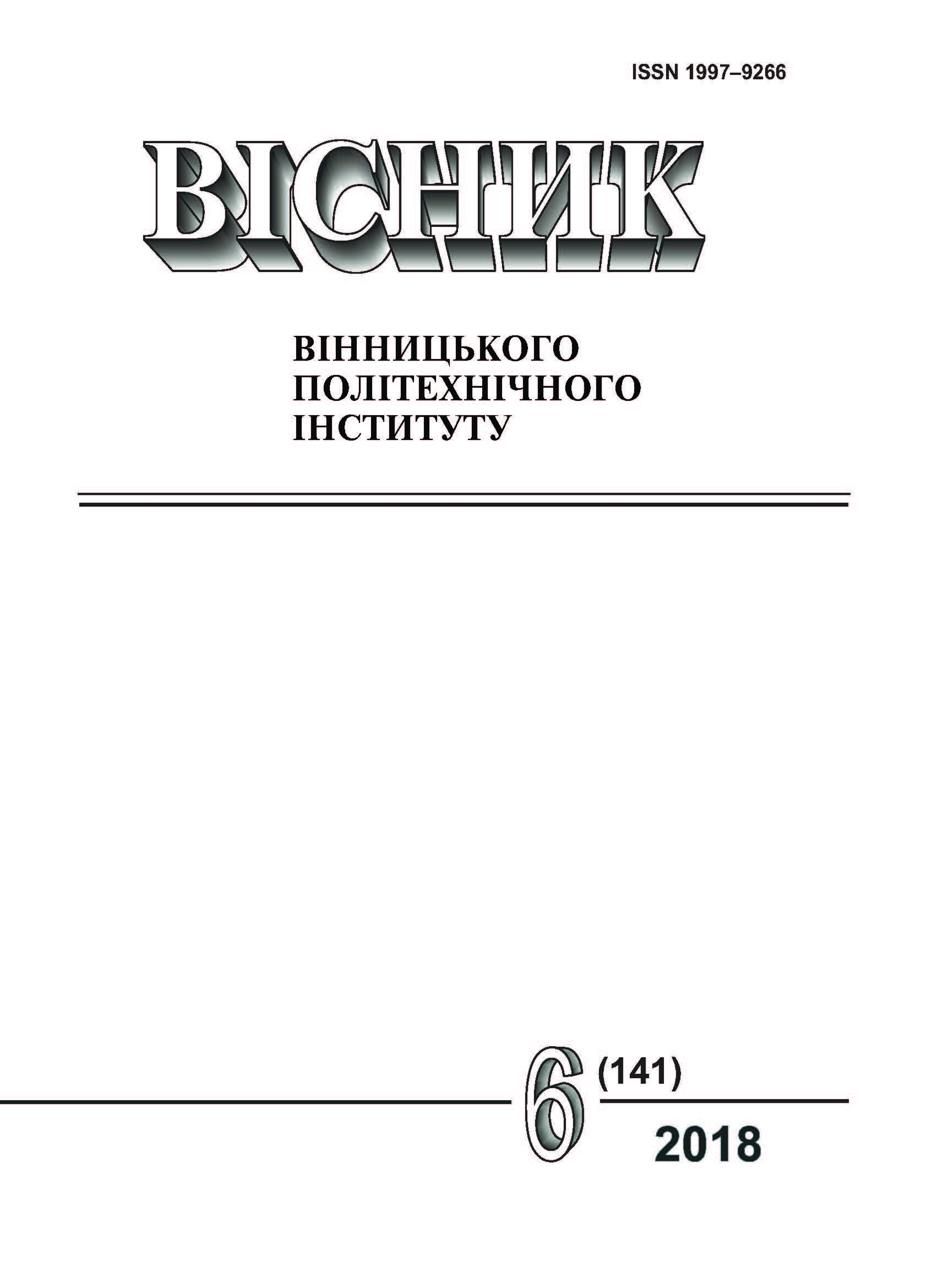Surface Influence of the Surface of Composite Elements of the Microwave Converters on the Immunity of the System
DOI:
https://doi.org/10.31649/1997-9266-2018-141-6-119-123Keywords:
microwave band, MEMS key, electrostatic force, dielectric layer, metal membrane, roughness, television signalAbstract
In this article the intensive development of radio engineering devices and communication systems is described and analyzed. The characteristics of such devices have been improved due to the use of microelectromechanical systems (MEMS), which uses various types of switching elements based on MEMS. Application of converters based on MEMS has allowed providing low input energy losses, power management, cost of production and high reliability of such devices.
It is proved that one of the most important characteristics of such radio engineering devices and communication systems is the roughness of the surface of the switching elements (keys), to which the specific requirements for the mechanical processing of the switching surface, as well as the thickness of the applied layer of the dielectric on the surface of the commuting elements are put forward. It is proved that with increasing roughness of the surface there is a decrease in the capacity in the lower position of the membrane. Therefore, in order to obtain the optimal ratio of capacities, it is necessary to ensure that the surfaces of the microsystem are roughened as little as possible. It is determined that the main properties of dielectric active media are mechanical and electrical interconnected ones.
In the article the dependence between the roughness of elastic commuting elements and the capacitance that arises between the elastic element and the dielectric basis is considered. The proposed results make it possible to understand the necessity of implementing elastic elements with a high degree of surface finish to ensure uninterrupted control of the system when receiving incoming TV signals. Using the proposed methodology for calculating MEMS designs with electromagnetic active media, a model has been designed and manufactured as an experimental setup for studying a controlled C polarization converter on MEMS structures.
References
А. К. Балыко и др., «Проектирование монолитного двухканального переключателя СВЧ,» Радиотехника, № 2, с. 40-46, 2004.
Л. А. Белов, и Л. М. Житникова, «Микроэлектромеханические компоненты радиочастотного диапазона,» Электроника, НТБ, № 8, с. 18-25, 2006.
У. А. Абдулаева, «Расчет и анализ характеристик широкополосных дискретных фазовращателей,» Электронная техника, серия Электроника СВЧ, № 5, с. 14, 1983.
В. С. Лукьянов, Н. Н. Валуева, И. В. Егоров и И. М. Кроль, Методика выполнения измерений параметров шероховатости поверхности по ГОСТ 2789-73 при помощи приборов профильного метода. Москва, Россия: МИ 41-75, изд-во стандартов, 1975, с. 18.
Downloads
-
PDF (Українська)
Downloads: 299
Published
How to Cite
Issue
Section
License
Authors who publish with this journal agree to the following terms:
- Authors retain copyright and grant the journal right of first publication.
- Authors are able to enter into separate, additional contractual arrangements for the non-exclusive distribution of the journal's published version of the work (e.g., post it to an institutional repository or publish it in a book), with an acknowledgment of its initial publication in this journal.
- Authors are permitted and encouraged to post their work online (e.g., in institutional repositories or on their website) prior to and during the submission process, as it can lead to productive exchanges, as well as earlier and greater citation of published work (See The Effect of Open Access).





